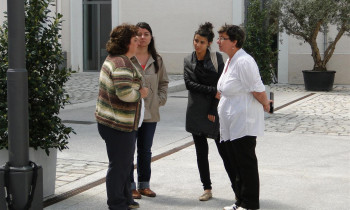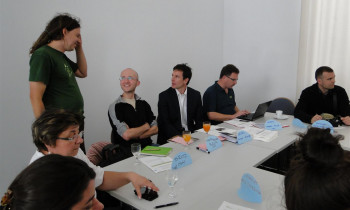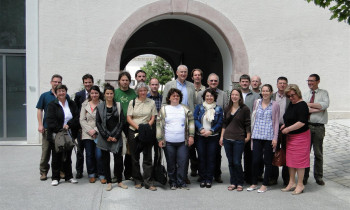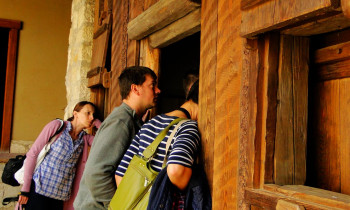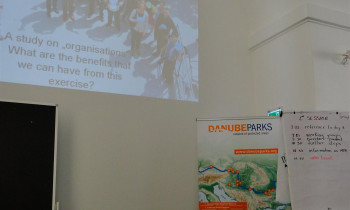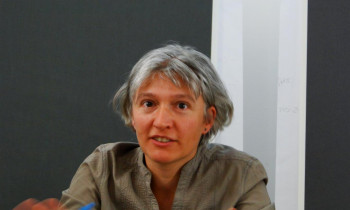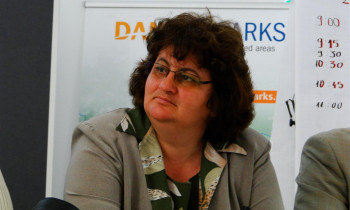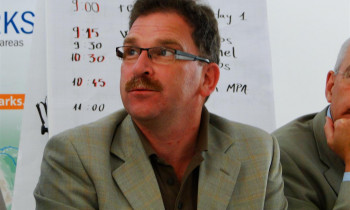While our experts are currently out in the field with Black Poplar mapping and soon with Little-ringed Plover monitoring, our Directors and Project Managers had a seemingly dry topic to discuss: The organizational structures both of the single Protected Area administrations as well as of the DANUBEPARKS Network.
With full purpose, we said "seemingly" dry topic: In reality, issues such as land ownership, funding sources, or decision-making structures do have important impact on the daily work in Protected Areas administrations. Also, the efficiency of public administrations is often being discussed. Therefore, we did some work to analyze our own structures and compare the strengths and weaknesses of various factors. During the workshop in the mornings of May 14th and 15th, the basic data - results of a questionnaire - was discussed in the group. As a next step, in-depth interviews will follow.
Another organizational structure that is currently existing only partly, is the one of the DANUBEPARKS Network itself. During the Steering Committee Meeting on the afternoon of May 15th, we assessed different institutionalization options to guarantee a fruitful and reliable cooperation for the years to come.
However, as we don't only want to use the meeting times for discussions inside the workshop room, but also get to know the areas, nature management methods, and regional cooperation of our partners better, two parallel excursions were organized on the afternoon of May 14th: One group went to the floodplain area of Haslau-Regelsbrunn, with a walk of several hours and an intensive discussion on management of floodplain forests and invasive species. The second part of the group visited the archeological park Carnuntum, one of the three main touristic attractions in the region and an important regional partner for the Donau-Auen National Park in terms of communication and visitor programmes.


